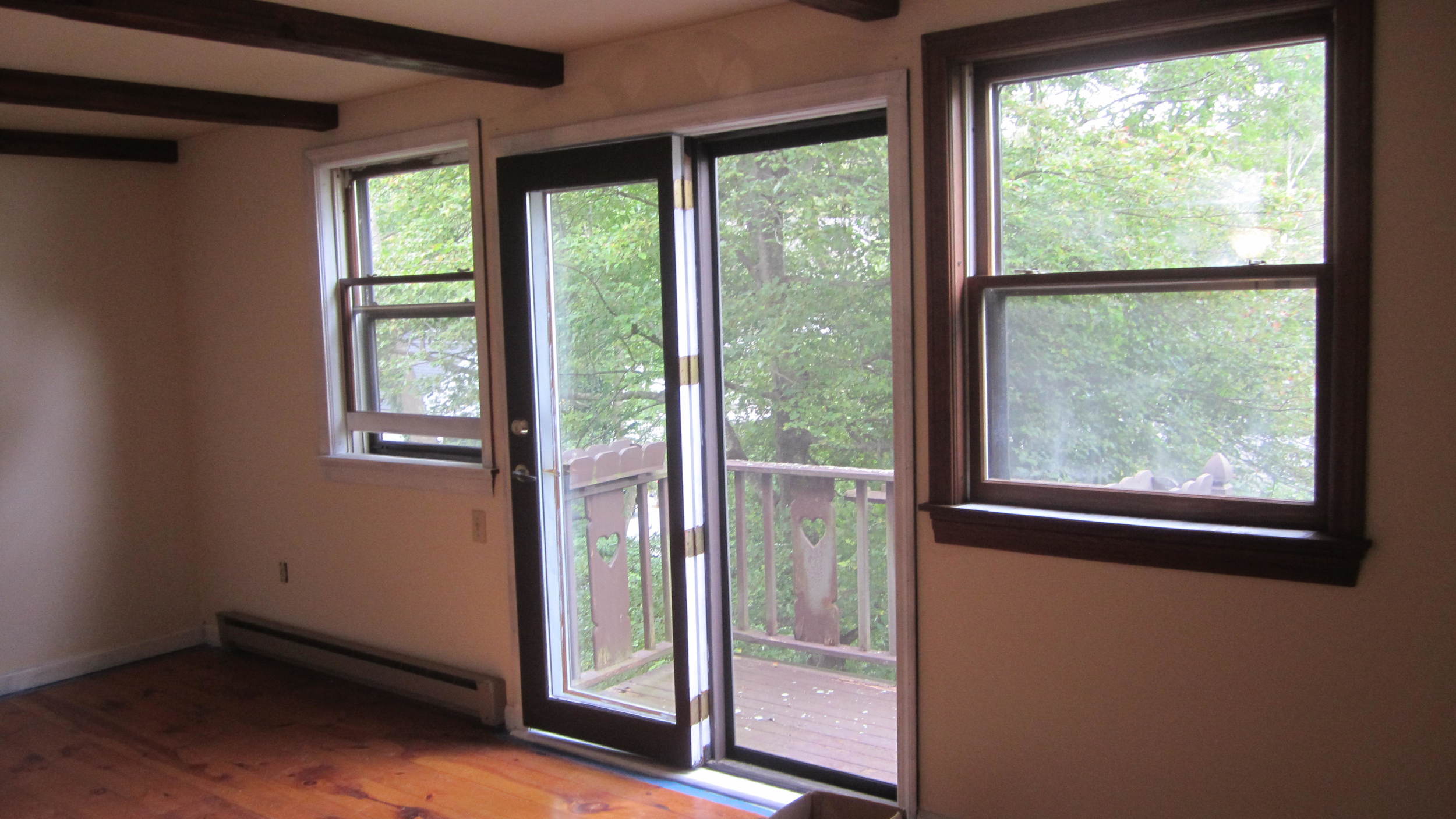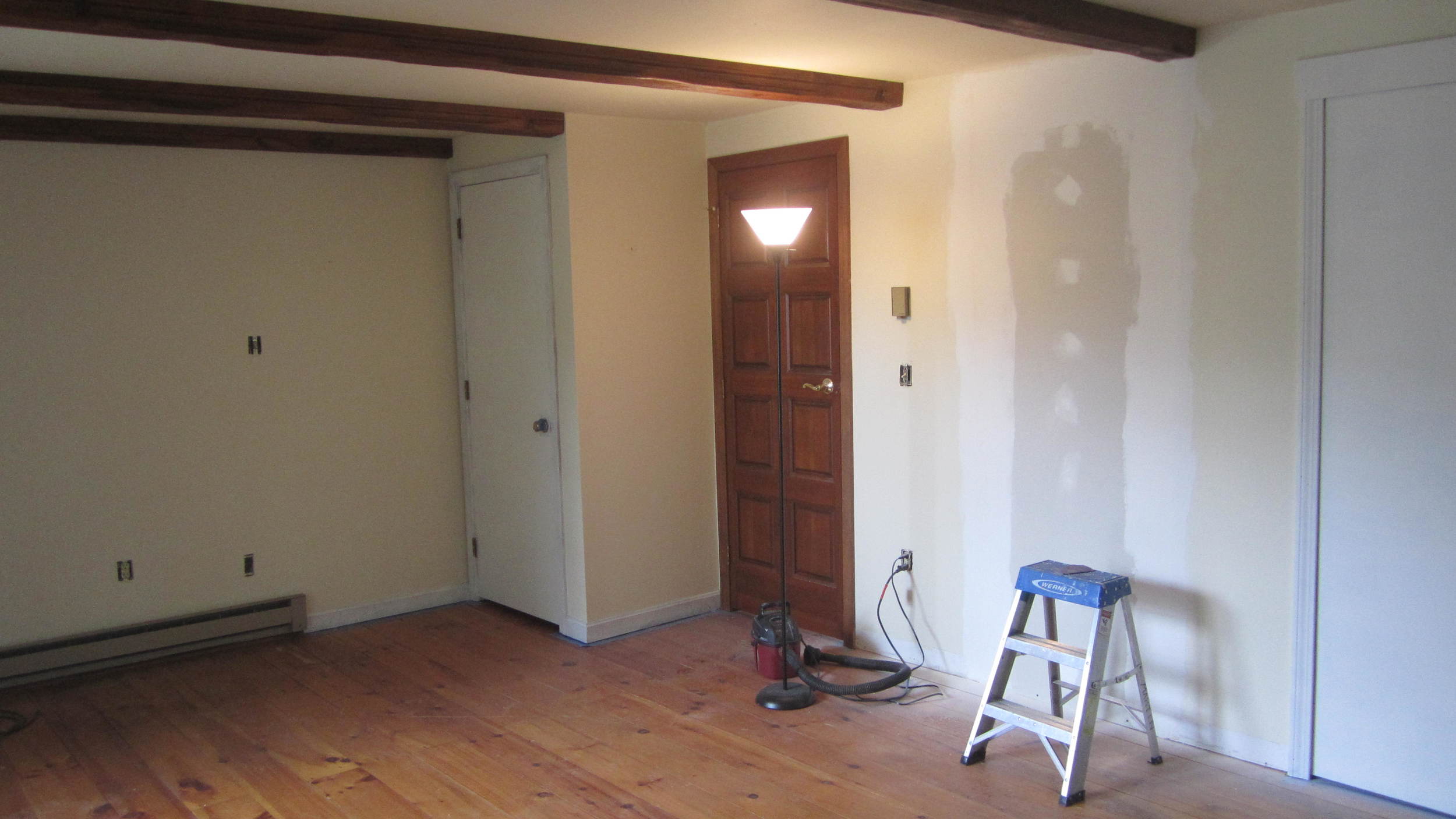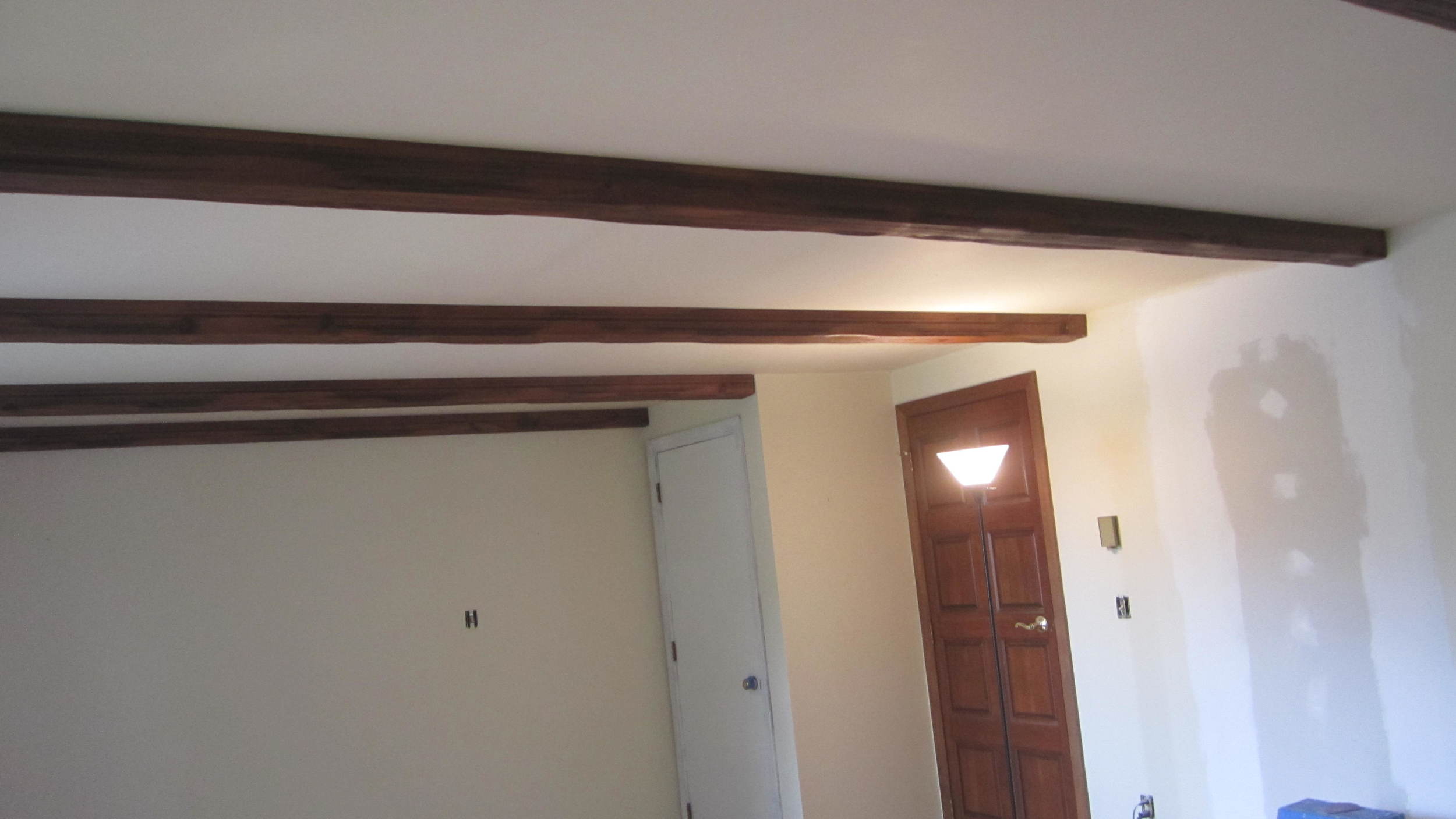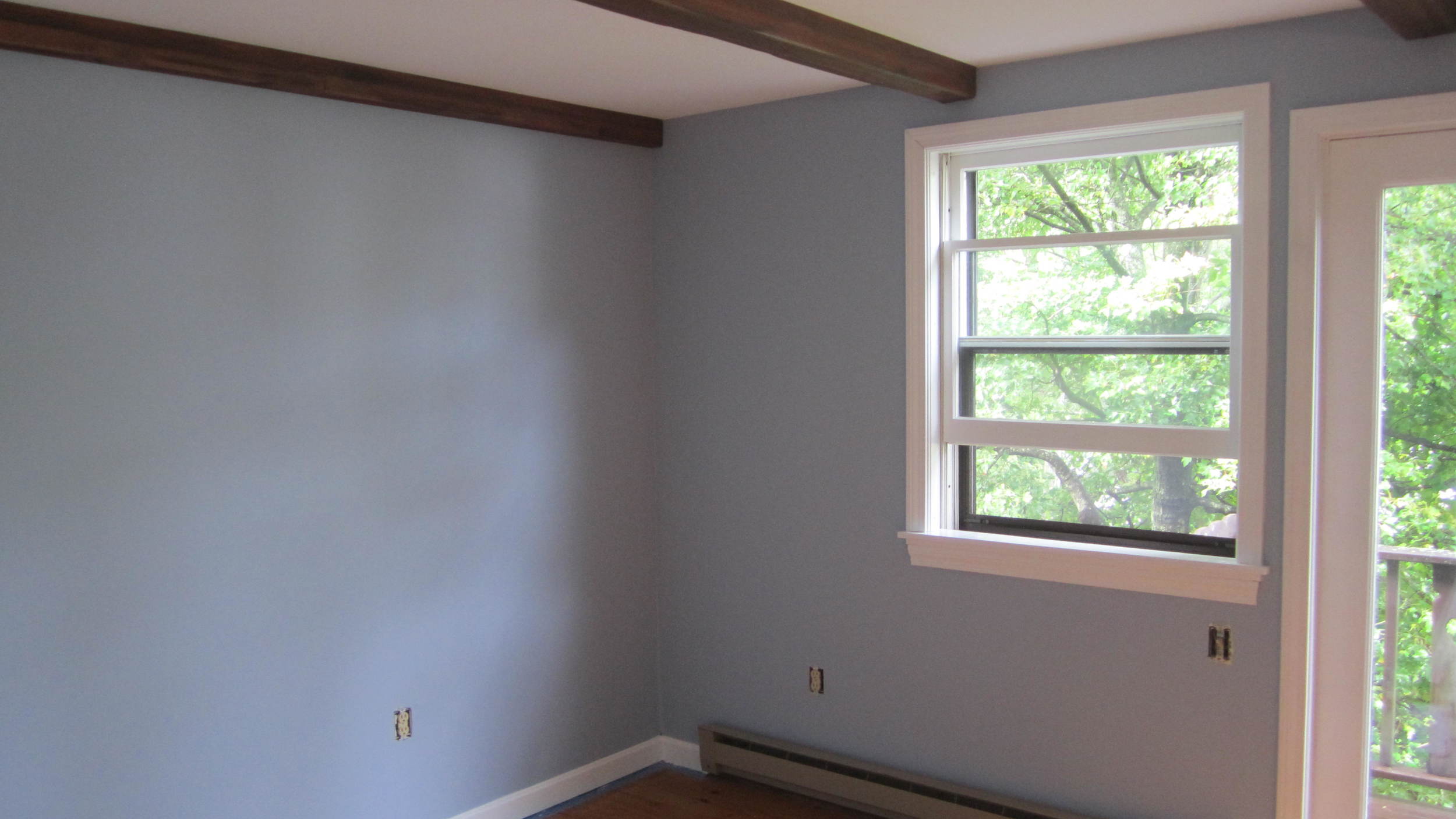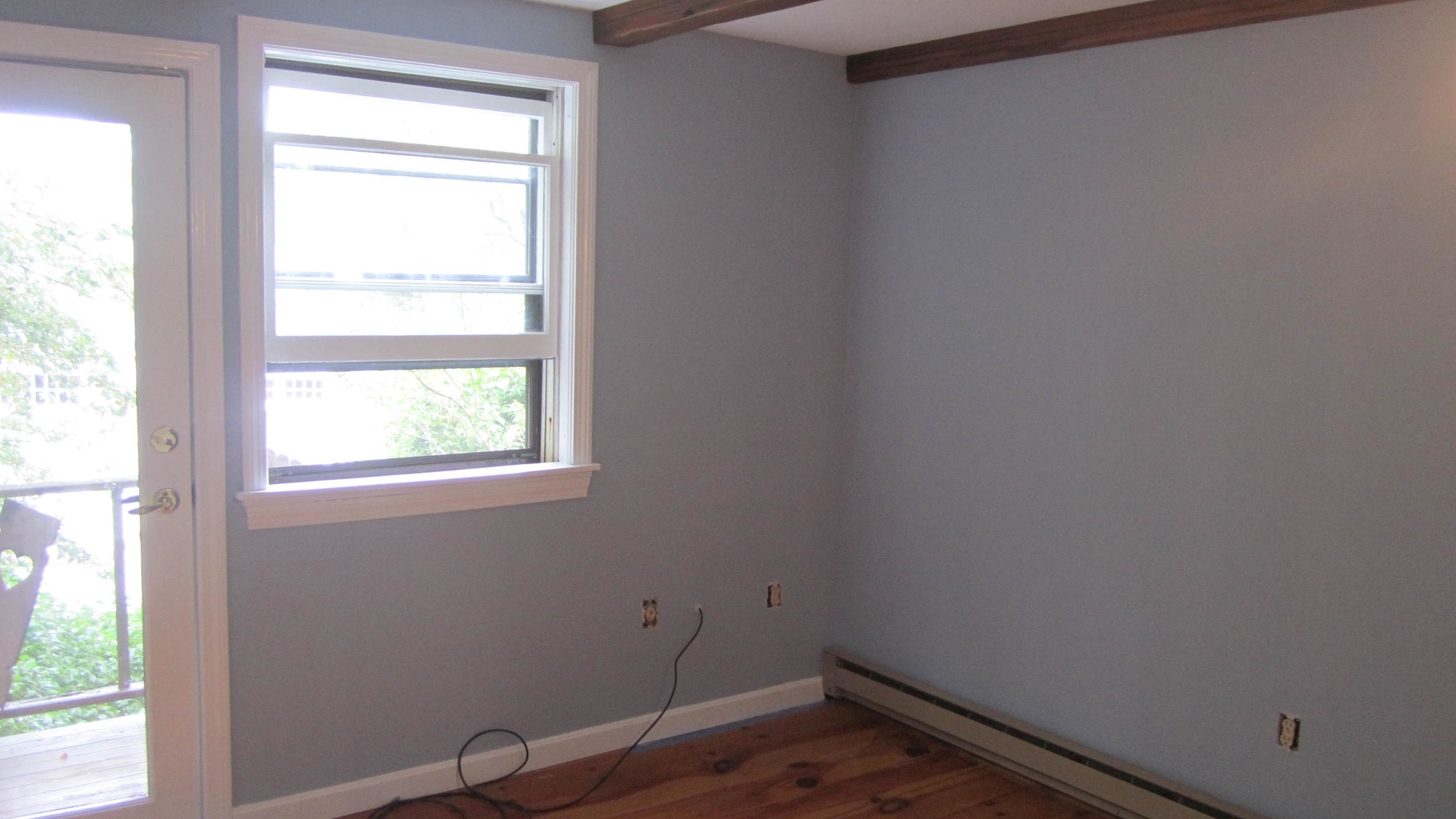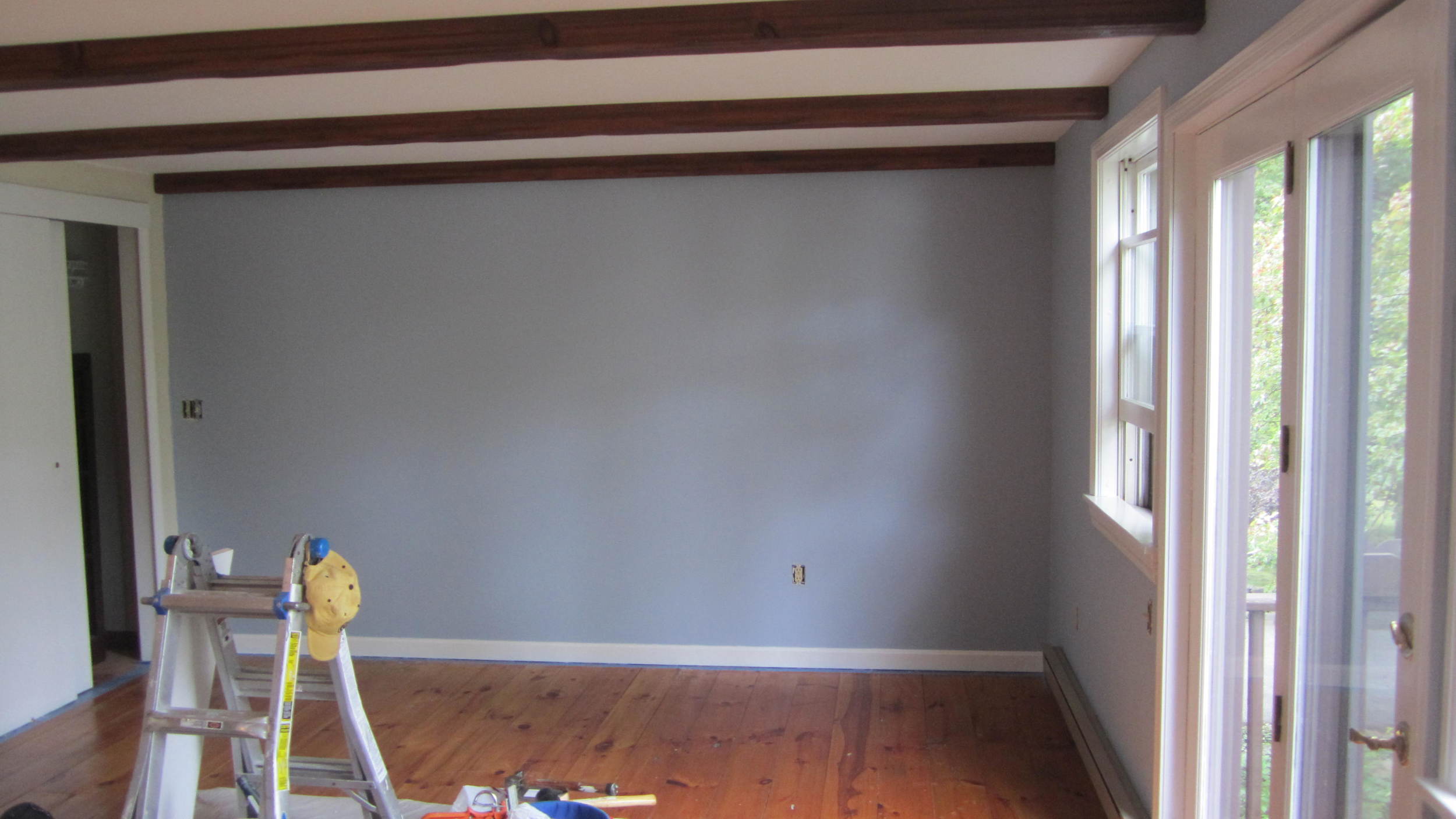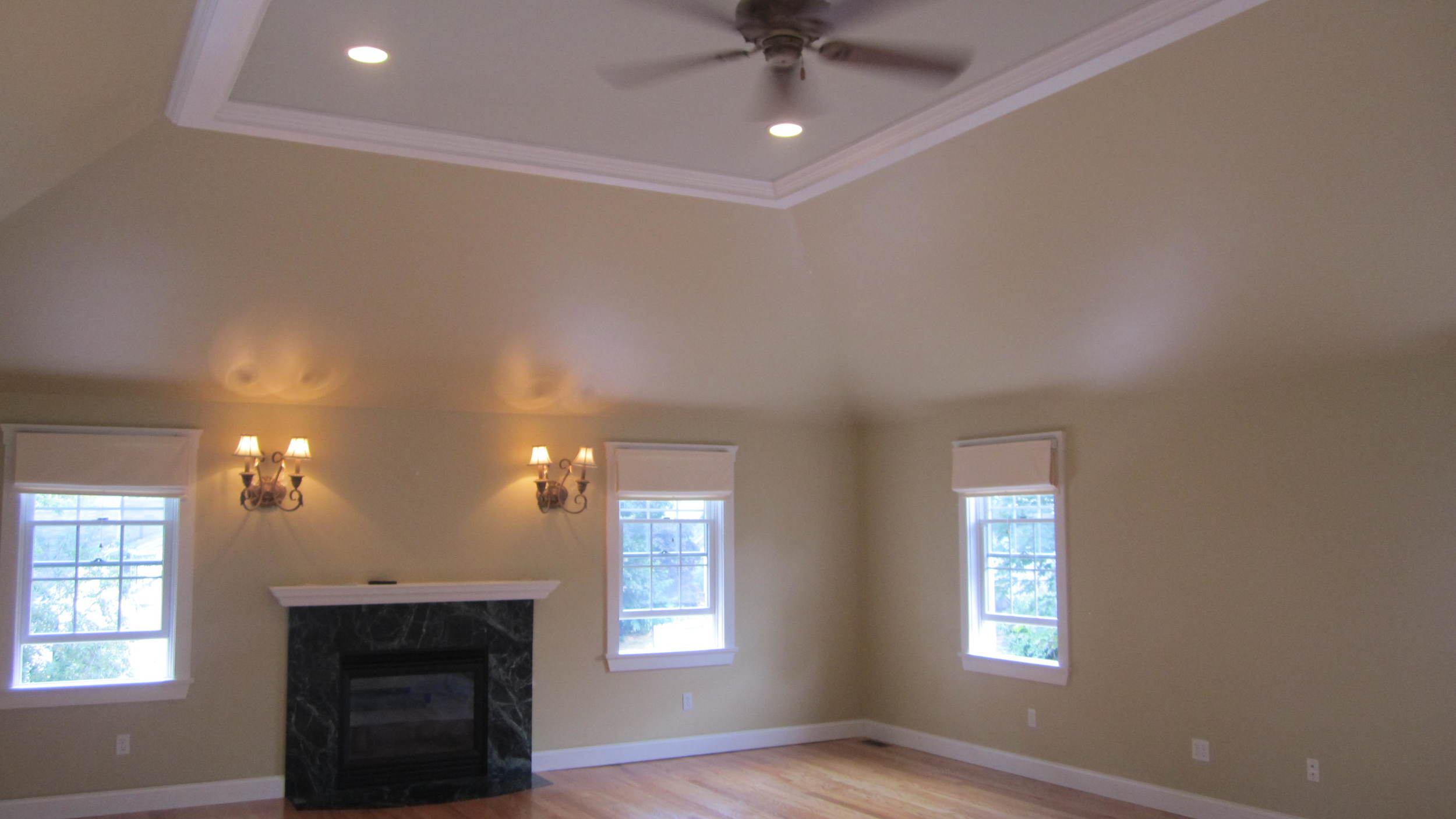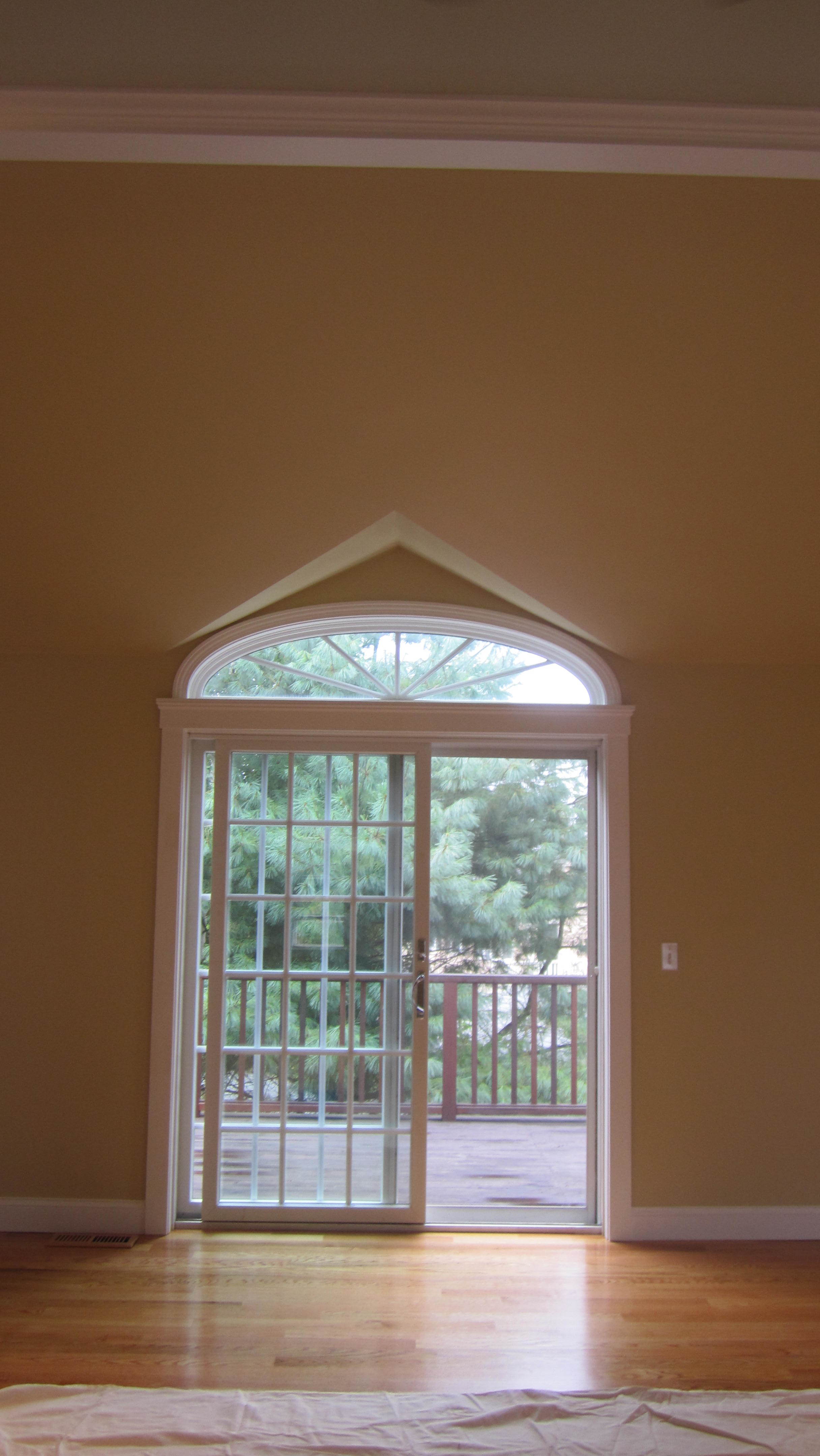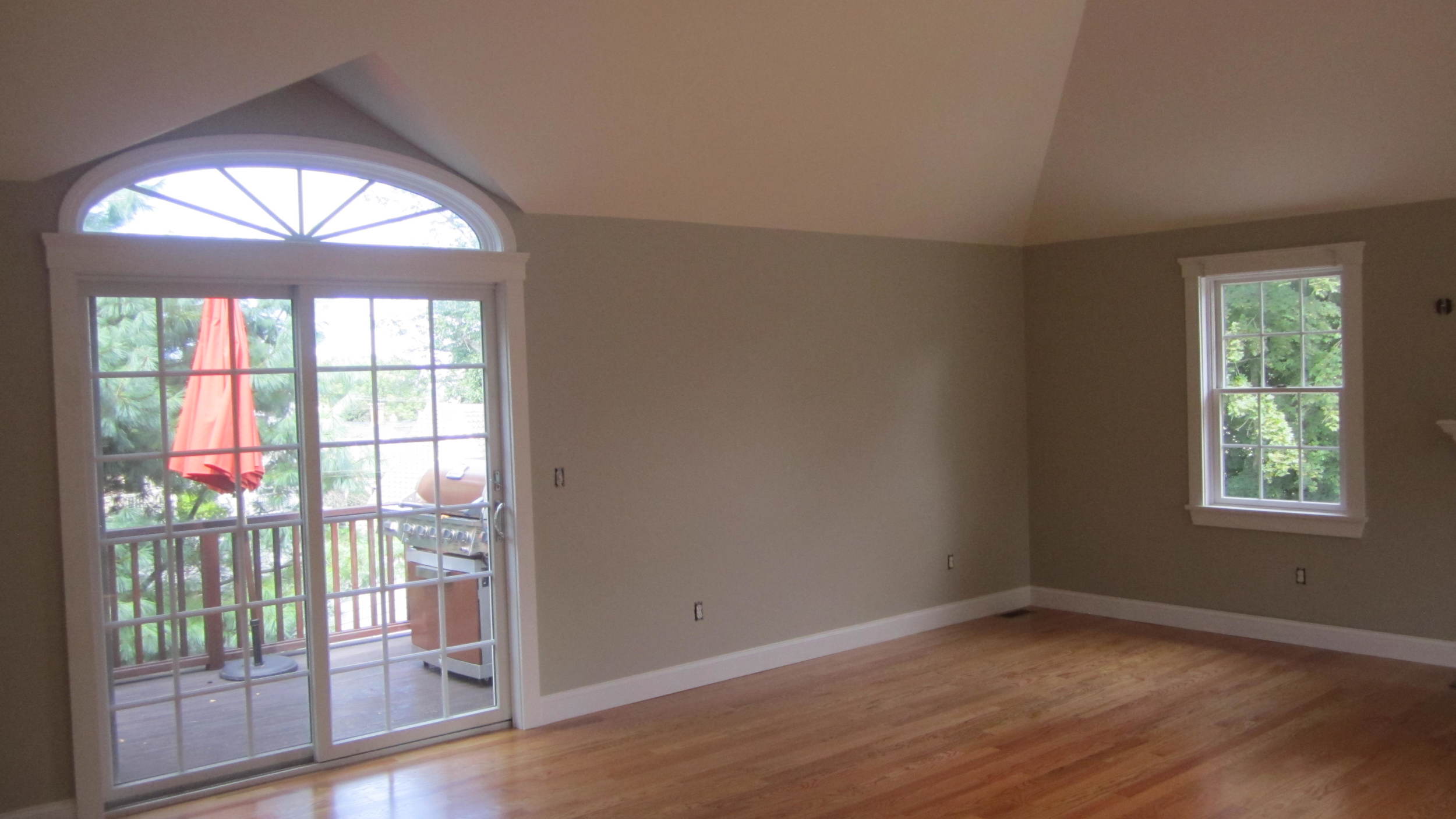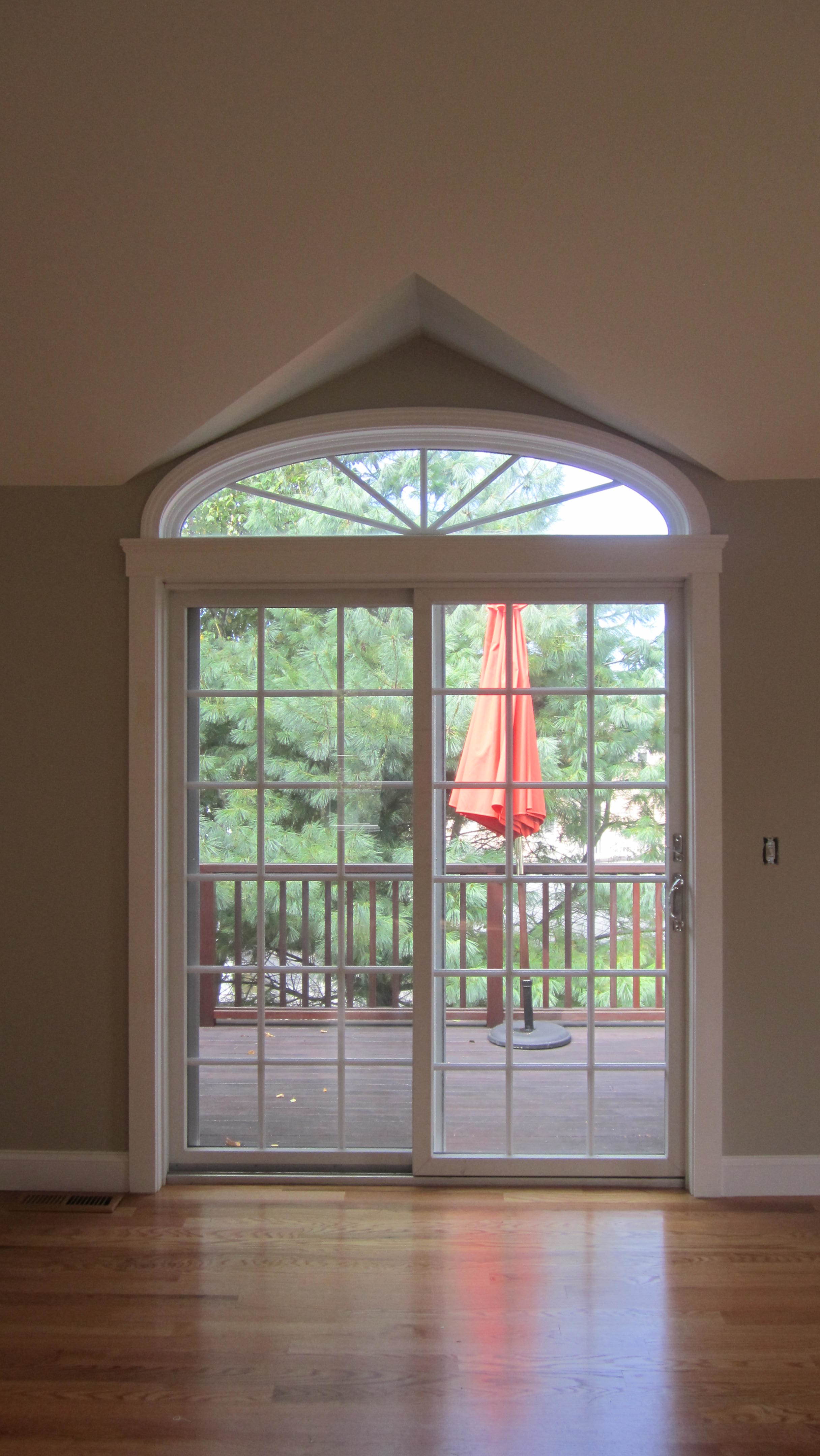Preparation--the most important part of painting
I have been working on a foyer stairwell for a condominium for the past week. I spent the first entire week, of a job that will last a little over two weeks, doing preparation work. The last time that the foyer was painted was in 1988, when the building was converted to a condominium. I have been sanding, filling holes, fixing cracks, and I still have to wash the baseboards, dust and caulk before the real painting begins. And before the final coat is applied I will have to prime any joint compound that I used on the cracks and holes, and I will also have to prime any bare wood that was exposed from the abuse that the walls and trim have been exposed to over the years.
Its a lot of work, but I am paid well to do a good job--its what is expected from me from most home owners, and to be blunt I rarely hear back from home owners, after they see my estimate, that think painting is just "slapping paint on the wall." If you planning a DIY paint job in the future, you have to remember that if you want your paint job to look good, and you want it to last, you have to do the preparation and you have to do it right.
I recently read an article on the importance of preparation by Scott Burt a painter out of Vermont. His basic argument what you do before the paint is applied is often the culprit of paint failure. Essentially, he argues, and I agree, that if paint fails, it most likely not the fault of the paint You can read his article at http://digital.turn-page.com/i/136567/13 It a short article, and an easy read.
